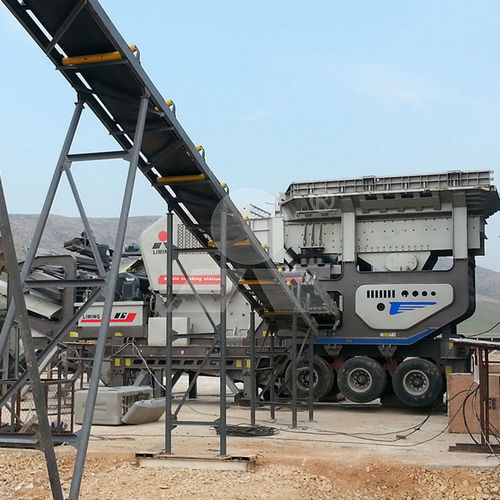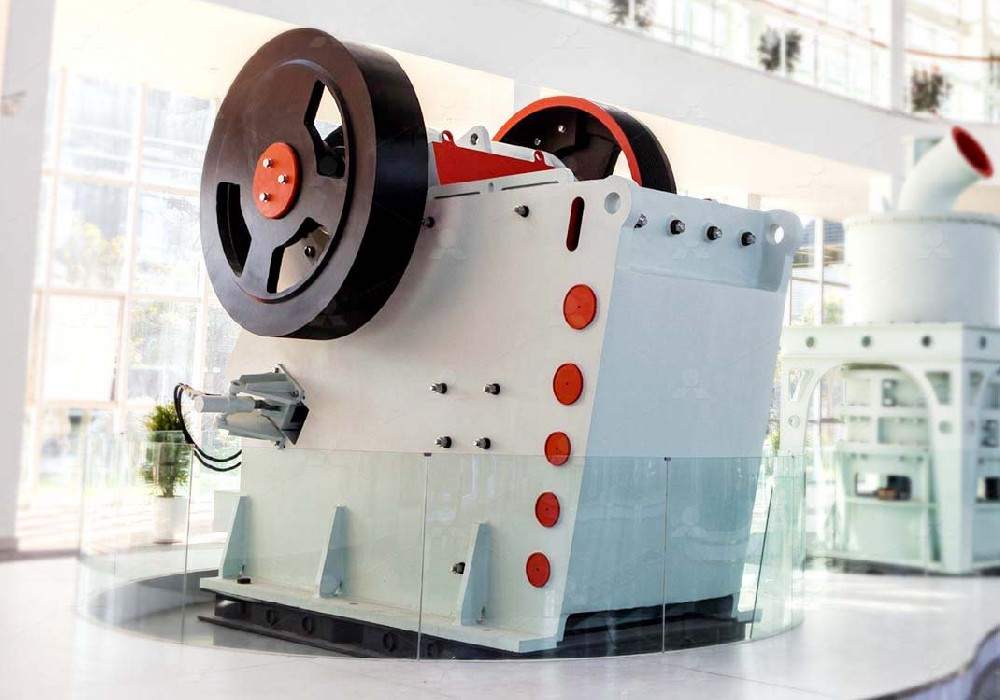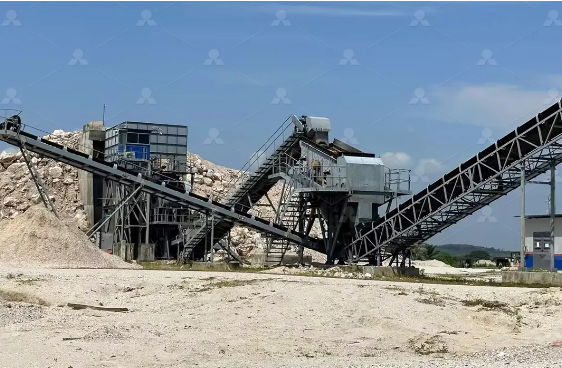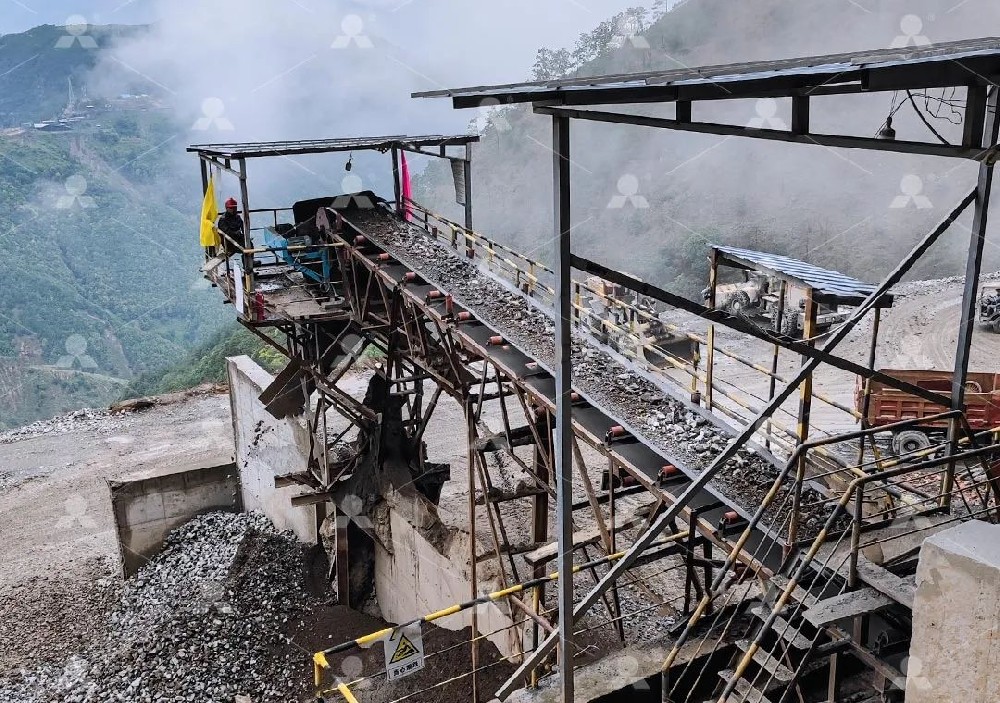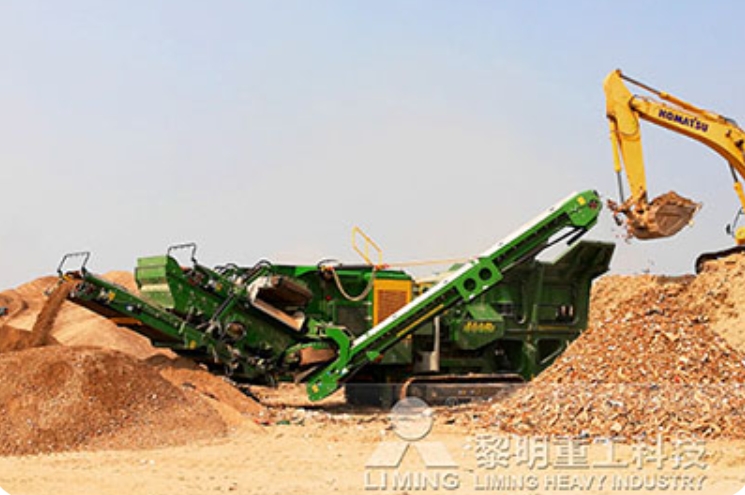aggregate production project. Among the various types of crushers available, jaw crushers and cone crushers are the most commonly used compression-based machines.
While both play critical roles in crushing operations, they are designed for different crushing stages and material requirements. Understanding the differences between jaw crushers and cone crushers helps project owners achieve higher efficiency, better product quality, and lower operating costs.
1. Working Principles: Jaw Crusher vs Cone Crusher
Jaw Crusher Working Principle
A jaw crusher uses compressive force to break materials between a fixed jaw plate and a moving jaw plate.
Key characteristics:
Intermittent crushing action
Large feed opening
Simple mechanical structure
Strong ability to handle large rocks
Jaw crushers are mainly used for primary crushing, where raw materials are reduced from large sizes to smaller, manageable sizes.
Cone Crusher Working Principle
A cone crusher crushes material by compressing it between a moving cone (mantle) and a stationary cone (concave).
Key characteristics:
Continuous crushing action
High crushing efficiency
Uniform particle size distribution
Stable and controlled operation
Cone crushers are typically used for secondary and tertiary crushing, especially in high-capacity aggregate and mining applications.
2. Application Areas and Crushing Stages
Jaw Crusher Applications
Jaw crushers are ideal for:
Primary crushing stage
Hard and abrasive materials
Large feed size conditions
Mining and quarrying operations
Typical materials:
Limestone
Granite
Basalt
Iron ore
Their robust design makes them suitable for harsh operating environments.
Cone Crusher Applications
Cone crushers are commonly used for:
Secondary and tertiary crushing
High-capacity production lines
Fine and medium aggregate production
Closed-circuit crushing systems
Typical materials:
Granite
Basalt
River stone
Hard limestone
Cone crushers perform exceptionally well in continuous, high-load operations.
3. Feed Size and Discharge Size Comparison
| Feature | Jaw Crusher | Cone Crusher |
|---|---|---|
| Feed Size | Very large | Medium |
| Discharge Size | Coarse | Medium to fine |
| Reduction Ratio | Moderate | High |
| Crushing Type | Intermittent | Continuous |
Jaw crushers focus on size reduction, while cone crushers emphasize capacity and product consistency.
4. Capacity and Production Efficiency
Jaw crushers:
High crushing force
Stable feed acceptance
Ideal for the first crushing stage
Cone crushers:
Higher output per hour
Better utilization of crushing chamber
Superior performance in multi-stage crushing systems
In large-scale aggregate plants, jaw crushers and cone crushers are often used together to maximize overall system efficiency.
5. Aggregate Shape and Product Quality
Aggregate quality is increasingly important for construction and infrastructure projects.
Jaw crushers mainly produce coarse, angular particles
Cone crushers produce more uniform and well-graded aggregates
For cubical aggregate requirements, cone crushers are often combined with impact crushers or VSI crushers
Proper crusher selection helps meet international aggregate quality standards.
6. Operating Costs and Maintenance
Jaw Crusher Cost Considerations
Lower initial investment
Simple structure
Easy maintenance
Fewer wear parts
Cone Crusher Cost Considerations
Higher initial investment
Lower wear cost per ton
Longer service life of liners
Reduced downtime in continuous operation
For long-term projects, cone crushers often provide better cost performance despite higher upfront costs.
7. Which Crusher Should You Choose?
Choose a Jaw Crusher If:
You need primary crushing
Feed size is large
Material is hard or abrasive
Simplicity and reliability are priorities
Choose a Cone Crusher If:
You need secondary or tertiary crushing
High capacity is required
Consistent product size is critical
Long-term operating efficiency is important
In most modern crushing plants, jaw crushers and cone crushers complement each other rather than compete.
8. LIMING Heavy Industry Crusher Selection Support
Selecting the right crusher is not just about machine specifications. It requires a deep understanding of:
Material characteristics
Capacity requirements
Final product specifications
Site conditions
With extensive experience in mining and aggregate projects worldwide, LIMING Heavy Industry provides professional crusher selection guidance and complete crushing solutions tailored to each project.
Conclusion
Jaw crushers and cone crushers serve different purposes within a crushing system. Choosing the right crusher—or the right combination—can significantly improve production efficiency, reduce operating costs, and ensure consistent product quality.
By working with an experienced equipment manufacturer like LIMING Heavy Industry, project owners can achieve optimized crushing performance and long-term success.



